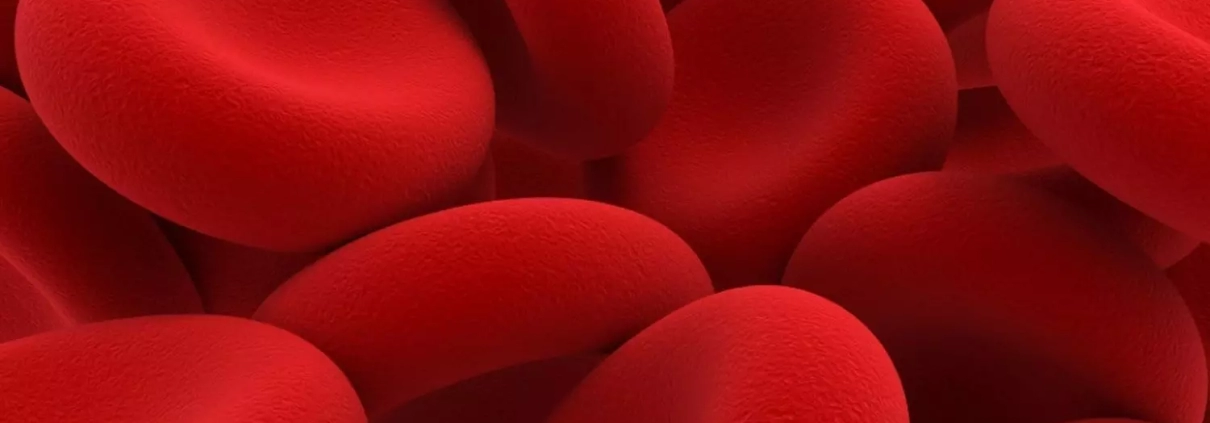Breakthrough Treatment with Mitapivat Mitigates Iron Overload in Rare Hereditary Anemia: Study

In a groundbreaking development, a
recent study has unveiled promising results for the treatment of pyruvate
kinase (PK) deficiency, a rare hereditary disease causing chronic hemolytic
anemia. They found that Mitapivat
is highlighted as the first disease-modifying pharmacotherapy to have
beneficial effects on iron overload in patients with PK deficiency as stimulation
of mutant PK enzyme (PKR) through mitapivat exhibited
substantial and enduring enhancements in both iron homeostasis and overload
over an extended period.
The
study results were published in the journal Blood Advances.
Patients with PK deficiency often
experience iron overload, a condition associated with severe complications such
as liver cirrhosis, cardiomyopathy, arrhythmia, sudden cardiac death, and
endocrine dysfunction.
The study, which combines data from
the ACTIVATE trial and its subsequent long-term extension (LTE) study, focuses
on the efficacy of mitapivat, an oral allosteric activator of the red blood
cell wildtype and mutant pyruvate kinase enzyme (PKR).
Mitapivat has gained
approval from the US Food and Drug Administration for treating hemolytic anemia
in adults with PK deficiency.
The ACTIVATE trial employed a
double-blind, placebo-controlled design, where patients with PK deficiency and not regularly
receiving transfusions were randomly assigned to receive either mitapivat or a
placebo. Those demonstrating clinical benefit from mitapivat or initially
assigned to the placebo arm were eligible to continue in the LTE study. The LTE
study included patients categorized into the mitapivat-to-mitapivat arm (M/M)
or placebo-to-mitapivat arm (P/M).
The ACTIVATE/LTE
analysis tracked changes over 96 weeks in iron-related markers, including
erythroferrone, soluble transferrin receptor, hepcidin, and liver iron
concentration. Patients with baseline iron overload were assessed for liver iron concentration (LIC) changes.
Findings:
Results from the combined analysis of
both studies, involving 80 patients (M/M=40; P/M=40), underscore the profound
impact of mitapivat on iron homeostasis and overload.-
Meaningful improvements were observed
in markers related to iron regulation, including hepcidin, erythroferrone,
soluble transferrin receptor (sTfR), and liver iron concentration (LIC). -
Notably, these improvements were
sustained over an impressive period of up to 96 weeks of mitapivat treatment.
The study revealed that patients in
the M/M arm experienced early-on improvements within 24 weeks of starting
mitapivat, whereas minimal changes were observed in the P/M arm during the
placebo phase.-
Encouragingly, the P/M arm
demonstrated similar improvements to the M/M arm after switching to mitapivat
in the LTE.
Furthermore, among patients treated
with mitapivat, over half (55.1%) initially met the criteria for iron overload
at baseline.-
These individuals exhibited clinically
meaningful and continued improvements in iron overload over time, as evidenced
by a significant decrease in LIC. -
This reduction in iron overload is a
critical finding, as excessive iron accumulation can lead to serious and
potentially life-threatening complications.
In conclusion, the activation of PKR
with mitapivat emerges as a transformative therapeutic approach, showcasing
meaningful and sustained improvements in iron homeostasis and overload in
patients with PK deficiency. This breakthrough marks mitapivat as the first
disease-modifying pharmacotherapy with proven efficacy against iron overload in
individuals grappling with the challenges of PK deficiency. The results of this
study hold significant promise for enhancing the overall quality of life for
those affected by this rare genetic disorder.
Further reading: van Beers EJ, Al-Samkari H, Grace RF, et al. Mitapivat improves ineffective erythropoiesis and iron overload in adult patients with pyruvate kinase deficiency. Blood Adv. Published online February 8, 2024. doi:10.1182/bloodadvances.2023011743





